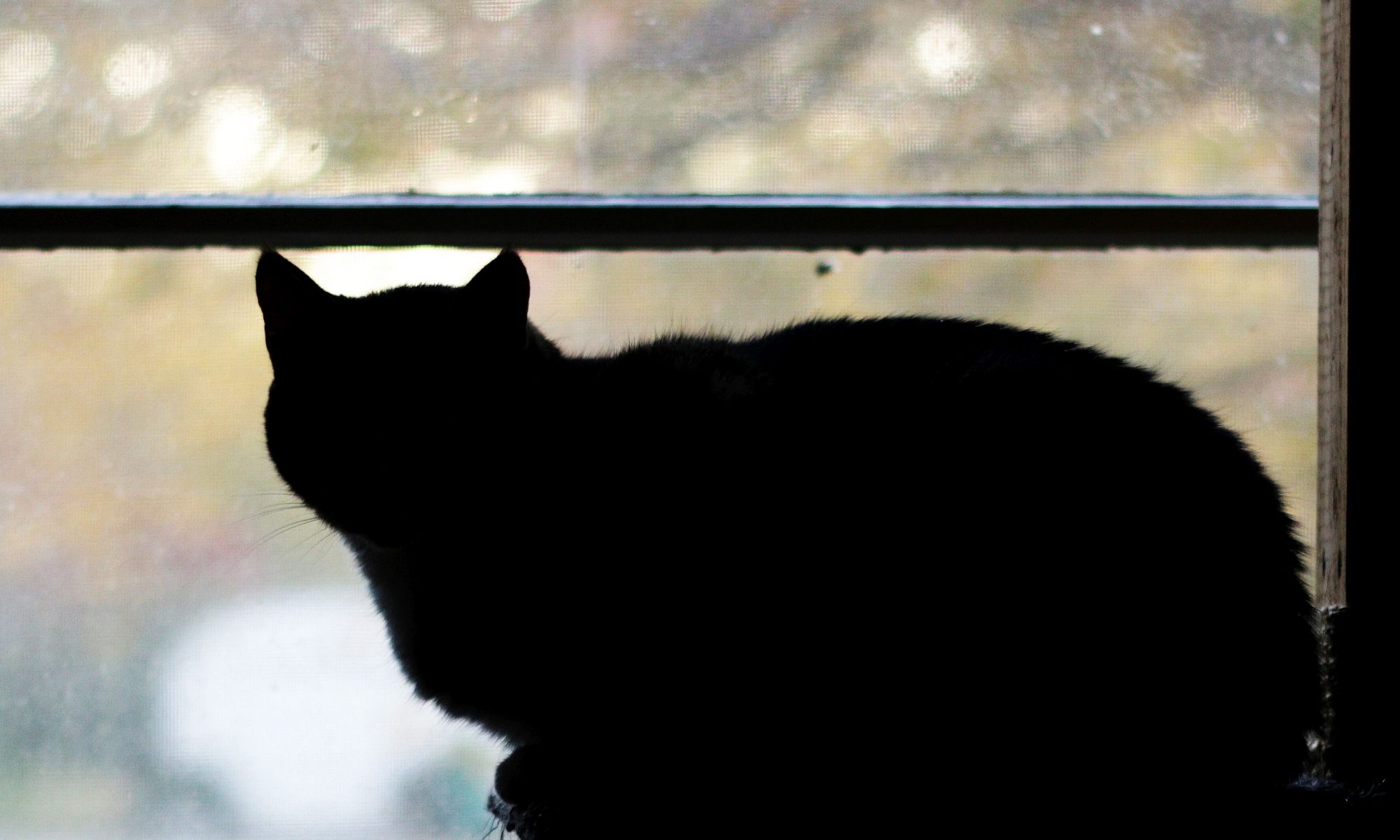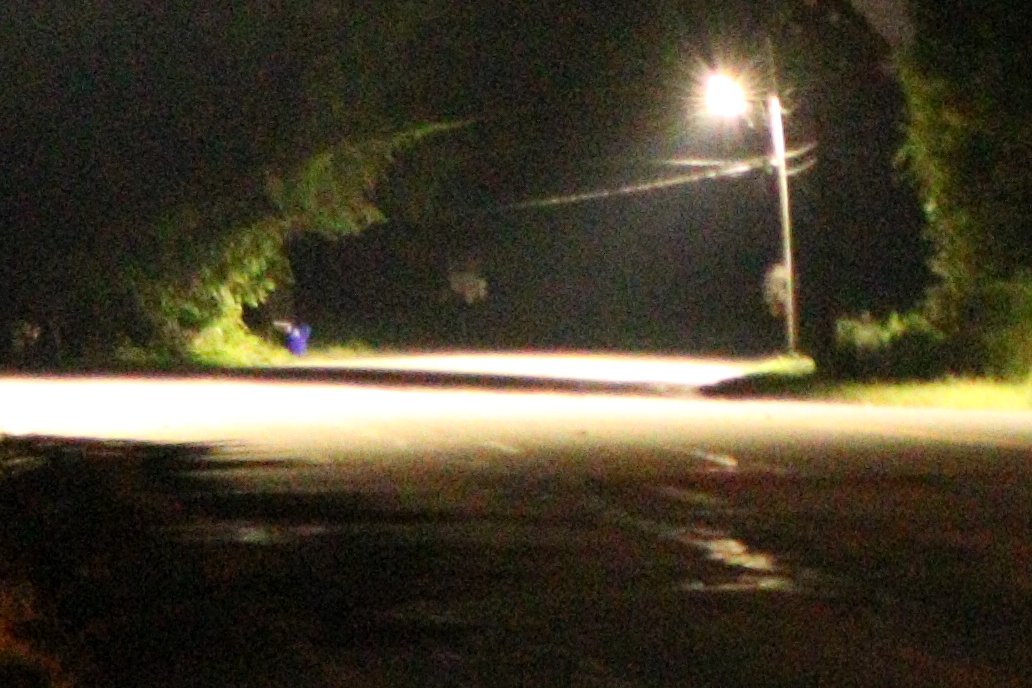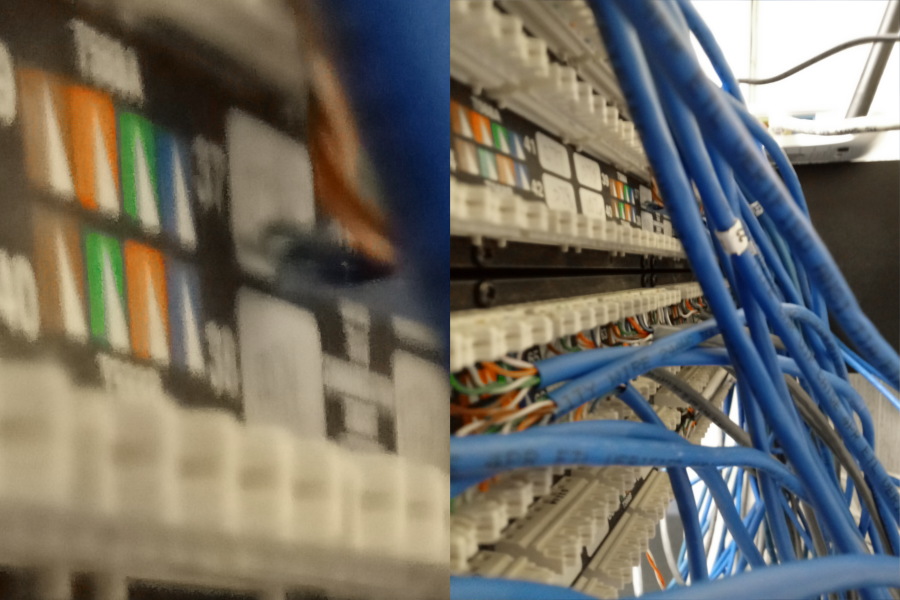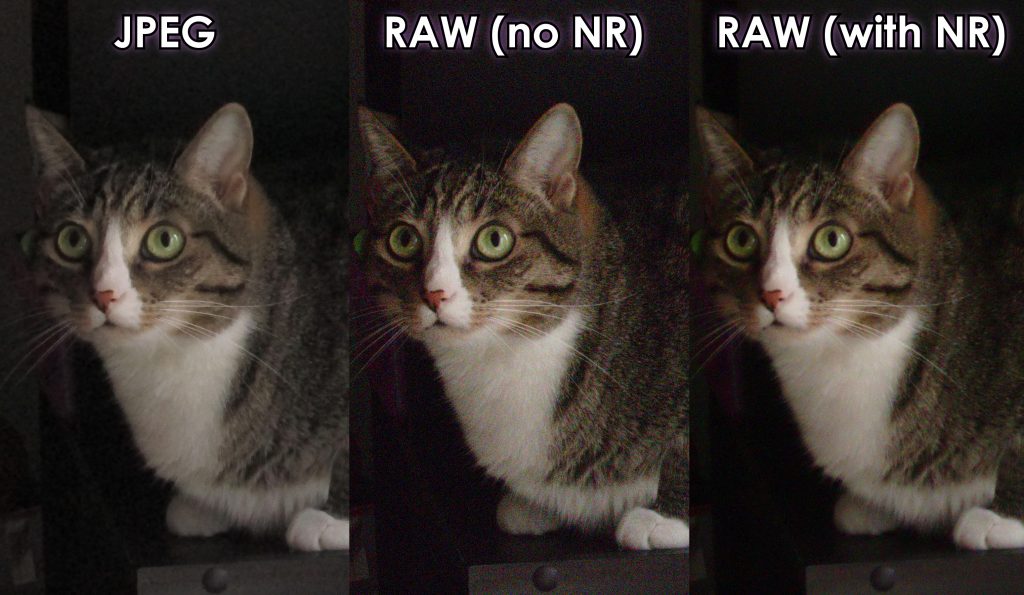I was asked a technical question that deserves a long-winded answer, so here it is.
Should you stick to 24fps for “the film look?” Will higher rates improve video quality?
Frame rate is a little complex. Let’s ignore PAL’s 25fps/50fps to keep it simple. Most people are used to 24fps because it’s what film and movies have used for a very long time; 24fps is basically the slowest frame rate where movements still look natural. 30fps is generally associated with “video” as in “not film.” My videos are generally all edited in 30fps. A lot of YouTubers work with 24fps. As gamers and gaming videos have widely proliferated and bandwidth has become massively available, 60fps has also become fairly widely accepted, and there is a degree of realism in 60fps that isn’t present at lower frame rates.
The issue with higher frame rates is that they inherently force a minimum exposure time (what we call “shutter speed” even though there is no mechanical shutter in video) which is the reciprocal of the frame rate. You can’t record at 60fps with a 1/50 sec. “shutter speed” because you have to generate frames 60 times a second, not 50. Film has a frame rate of 24fps and a shutter speed of 1/48 sec. because the mechanical half-circle shutter would spin around such that it covered the film as it was advanced to the next frame and then opened up and closed when the frame was in place. On a modern camera, you can get extreme motion blur by using longer times than film’s 1/48 second, but only if you use 24fps or 30fps frame rates.
The beauty of 60 frames per second
Here’s why I would prefer to shoot 60fps 1/60 sec. all the way though: if you frame-blend 60fps 1/60 frames down to 30fps, you get the same exact video that you’d get at 30fps 1/30; if you didn’t use frame blending and instead used frame sampling, you’d get the exact same video as if you shot 30fps 1/60. With 24fps it’s a little bit less simple since 24/60 is 2.5 (not integer), but it’s close enough that if you sample or blend from 60fps to 24fps you’ll typically get a very acceptable result. Technically, 60fps 1/60 sec. video captures 100% of the movement in a second, just at a higher video sample rate, so when you reduce frame rate, you’re still working with all of the data, just not at a fully ideal division when moving to 24fps. If you shot 60fps 1/100, you’d be losing some of the motion in the frame and while 30fps would still look good, 24fps (particularly frame-blended 24fps) would start to suffer due to the non-integer division since frames would get mixed that lack all of the motion information for the frame’s interval, resulting in ghostly seams appearing where the missing movement exists. Granted, this could be exploited for visual effect, but it is undesirable in general.
60fps with a 24fps or 30fps edited product also grants you poor-man’s slow motion video: up to 1/2 speed for 30fps and up to 1/2.5 (or 2/5) speed for 24fps, without any sort of visual loss. 120fps and 240fps slow-motion are cool tricks, but they’re not available on cheaper consumer gear while 60fps is on loads of cameras, including the Panasonic G7 which I use religiously and which is now down to $500 for a kit (can do 4K@30 or 1080@60).
Conclusion
Shooting at 24fps is definitely the easiest way to achieve a “film-like” frame rate, and it is often used to great effect. My personal opinion is that 30fps looks cleaner and a “shutter speed” of 1/60 also looks cleaner. 60fps is a big increase in image data and many people still aren’t quite used to it (it looks like a 1990s soap opera to them) so it’s not the most economical choice, but it does grant the editor several artistic opportunities and extra flexibility that isn’t available at lower frame rates.




